Today, the diamond industry is more complex and dynamic than ever, and technology has only deepened the challenges faced by industry players at every stage of the diamond pipeline. At Sarine, our technologies scanned more than 70 million diamonds in 2018, enabling us to take a broad consideration of the changes happening now in the rough and polished diamond markets, and the industry as a whole. It also gives us a unique perspective of the opportunities that these challenges bring. Here are six significant trends in the diamond industry, painting a picture of the state of the diamond industry in 2019.
1. Lab-grown diamonds
With improvements in technology, manufacturing of lab-grown diamonds has become cheaper than ever before. Unlike imitation diamonds, lab-growns are in fact diamonds in every way - chemically and structurally. The only difference is the source – mine or lab?
Currently, natural and lab-grown diamonds are differentiated by their cost and perceived value.
- Cost: The reduced production costs of lab-grown diamonds provide retailers with new price points for comparable products. For consumers, a $5000 diamond ring can be a very tough purchase, while the same ring with a lab-grown diamond of equivalent parameters and gradings is much more affordable. Thus, the purchase of a diamond is no longer a “luxury purchase” – rather, it is akin to buying an iPhone. Also, consumers who once would have settled for buying a much smaller diamond can now afford to purchase the bigger diamond they really wanted. Moreover, natural diamonds are a mature market, and retailers have had to contend with reduced margins in recent years. Lab-grown diamonds are a new and exciting product; therefore, retailers can enjoy higher margins on their sale, a tempting opportunity for many sellers.
- Consumer perception: How do consumers feel about owning a diamond that was grown in a lab, rather than sourced naturally in a mine? The research is not yet clear, however there are indications that many people - millennials in particular - are not beholden to the concept of “natural”. Unfortunately, natural diamonds have endured negative press in recent decades, with many consumers believing that they are ‘bad’ for the environment and for the countries and communities in which they are mined. Lab-grown diamonds are a panacea, providing a ‘feel-good’ alternative to natural diamonds.
The past year was a breakthrough one for the lab-grown market in the US, demonstrating rapid growth. This was compounded by the entry of De Beers, the biggest influencer on the global diamond market, into the lab-grown segment.
Until recently, De Beers held a strong stance against lab-grown diamonds. This changed last year when the company announced it was entering the synthetic market with its Lightbox brand, a collection of lab-grown diamonds priced significantly cheaper than natural diamonds, and which do not come with lab reports. This is an attempt by the company to clearly differentiate between natural and synthetic diamonds: naturals are rare, expensive and documented; lab-growns are cheap, accessible and undocumented. Despite this distinction, there is no doubt that the move by De Beers symbolized a “seal of approval” for lab-grown diamonds in the market. Indeed, brands such as Swarovski and leading retailers such as Costco, Brilliant Earth and Macy’s now include certified lab-grown diamonds in their inventory, giving rise to increased exposure of affordable diamonds to the mass consumer market.
In Asia, the picture is somewhat different. Lab-grown diamonds have not excited the consumer base to the same extent as the US. However, the Asian market tends to follow on the heels of the United States, and it is expected that lab-grown diamonds will also gain in popularity throughout Asia in years to come.
2. Increase in demand for diamond certification
For the lay consumer, the variation in diamond prices is often baffling. Diamonds of the same size, that look the same to the naked eye, can have a price difference of thousands of dollars.
Diamond certifications, provided by a professional, unbiased third-party lab, contain findings about the diamond’s key parameters, grades and features. The diamond’s price is derived from the information in the certification.
In the past, diamonds that were smaller sized, or of lower value, could be sold without a certification. A lab report was only a real necessity for larger, more valuable diamonds. This is no longer the case. Today, all diamonds - even smaller ones - must come with certification. This is due to consumer demand for assurance and transparency, which is affecting all consumer goods segments, not just the diamond industry.
In addition, the flooding of the market with lab-grown diamonds has driven further demand for certification. This is mainly due to consumers who purchase natural diamonds wanting a guarantee that their diamond in indeed natural and not synthetic. Also, buyers of lab-grown diamonds want assurance that their diamond is in fact a diamond, not a CZ or any other imitation.
As the diamond market expands with increased supply of both naturals and lab-growns, so confusion among consumers increases. The more confusion, the more certification becomes a necessity.
3. Increase in melee supply
Currently, the supply of melee diamonds - both natural and lab-grown - is higher than demand. This overstock in the market has curbed manufacturing, reducing the profits of diamond producers in the smaller diamond segment.
At the same time, lab-grown melee diamonds are becoming more popular among retailers. Many retailers are hesitant to enter the lab-grown market, as the cheaper prices of lab-growns lead to a decrease in their overall revenue. Therefore, some retailers are choosing to use a natural diamond as the center stone of the jewelry piece, complemented by lab-grown melees for the smaller side stones. This enables them to maintain revenues, while still benefiting from reduced overall costs to customers with cheaper lab-sourced melees.
4. Diamond provenance
The concept of provenance is not new, and not just limited to the diamond industry. Today’s consumers are wanting more and more transparency about the products they buy. In the food industry, for example, whether a product is organic, genetically modified or produced with fair trade practices is essential knowledge to modern consumers. A new generation of consumers is demanding better standards and open access to information in every aspect of manufacture and trade.
For the diamond industry, these issues have been on the burner for years. Diamond manufacturers and retailers are gradually stepping up to the call. The CEO of Tiffany & Co, Alessandro Bogliolo, recently came out with the statement that it is the company’s “duty to provide customers with this information.” (emphasis added).
Today’s diamond consumers must have access to the complete story of the diamond’s origins and history. They want verifiable assurance that the diamond is ethically sourced, and that their purchase does not go towards financing exploitative practices on people or the environment. They want a guarantee that their diamond is natural, not CVD. Apart from the laws and regulations requiring producers of consumer goods to monitor the supply chain, diamond sellers are finding that the end consumer is demanding nothing less than full traceability, and what’s more - they are obligated to provide it if they want to make the sale.
5. Reduced financing
Worldwide, banks are moving away from financing the diamond industry, and this is particularly evident in three of the main traditional diamond manufacturing and trading hubs – India, Belgium and Israel.
In Israel, there are currently just three banks supporting the diamond industry. Israeli banks are moving away from the diamond business in large part due to the increased regulations against money laundering worldwide (which - unfortunately - the diamond industry is perceived to be connected to), led by the US banking industry. Lack of capital leads to reduced cash flow, which is a major problem facing the diamond industry in Israel today. Diamond traders must have the capability to hold a stock of diamonds, and this is very difficult to do when there are issues in cash flow.
In India, the banking industry has raised concerns about the ability of players in the diamond market to return loaned capital. This was compounded in a massive way by the alleged fraud case involving Nirav Modi, the Indian billionaire and diamond trader, as the main banks working with diamantaires requested that their clients immediately return a significant amount of capital.
Due to these billions of dollars being removed from the industry, Indian manufacturers, and indeed the entire diamond pipeline, are being compelled to adjust their mode of business and operations.
6. Online diamond sales are booming
In the past, selling diamonds and diamond jewelry online was a difficult feat. For many years, consumers were not prepared to buy a diamond without seeing the physical product, and without being able to try it on. This was a very big obstacle that, for a long time, could not be overcome.
Slowly, this obstacle has faded and today, buying diamonds online is not just acceptable - it is booming. Online diamond and jewelry sales are growing exponentially with each passing year, particularly in the United States. It is predicted in the next few years that online giant Amazon will surpass traditional diamond jewelry retailers in the number of diamonds sold. Ten years ago, this was all but unimaginable.
Every year, there are new and exciting developments and trends that all players in the diamond industry must contend with. A large part of the excitement is the opportunity that comes with the constant dynamism of this ever-changing industry.
As a diamond technology company, Sarine embraces this change - in fact, advancing beyond change into new, uncharted territory is in our DNA. Particularly in the shift to the online environment and the rise of digital diamond reports, Sarine’s impetus to deliver solutions is creating a new era in data-driven traceability to enhance the consumer experience.
By Tzafrir Engelhard, VP Business Development, Sarine Technologies




-1.jpg?width=310&name=blog_image%20(003)-1.jpg)





